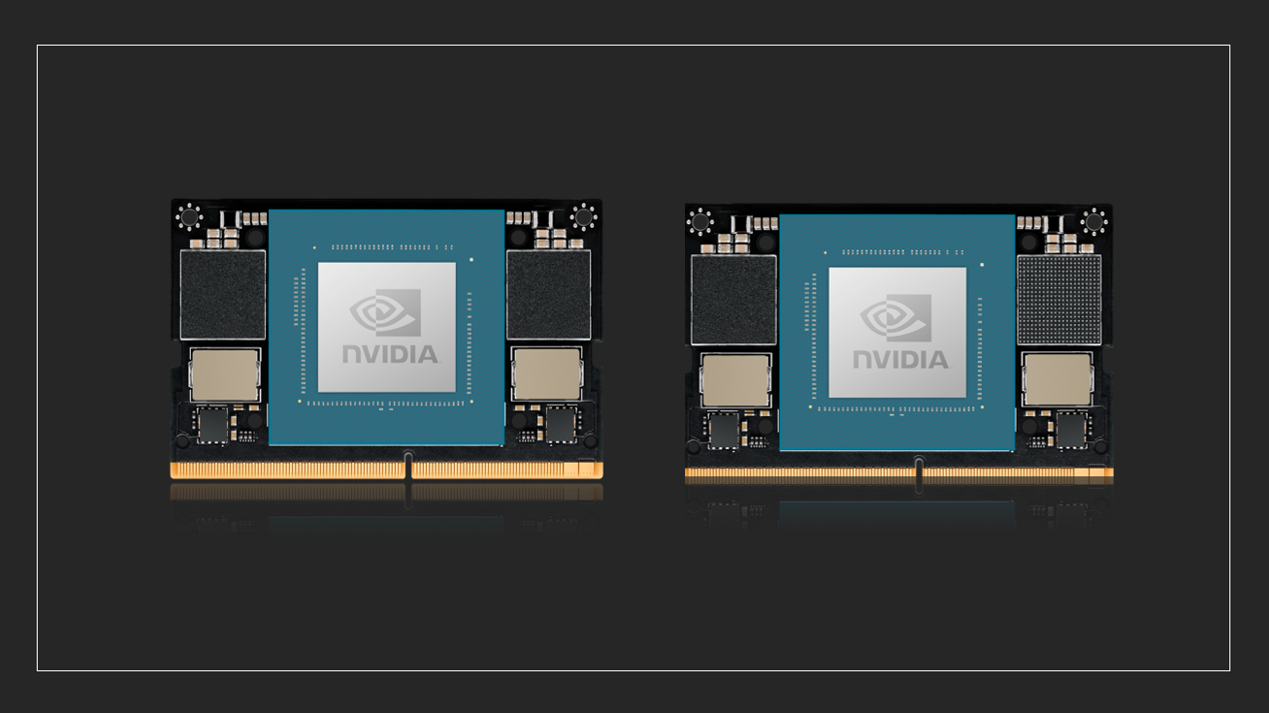So an imminent new product completely fades from memory after the quarter it was announced in? Seems... unlikely. And summer quarters always tend to fall off the later years of hardware. Even now, Switch has dipped to #2 on NPD HW units sold for the first time in a LONG time this past August.
Besides, even if I accept that this would cause a major sales collapse, with how far ahead hardware launches have to be mapped out, it's not like they can wait all that long to announce new hardware anyways. Either you don't risk sales in the holiday period and cut your marketing time as thin as possible or you take the risk and give yourself some breathing room to drive interest in new hardware. So even if I were to believe there'd be a sales collapse, I don't consider their current hardware sales to be something inviolable to begin with.
Because the long-term success of their future hardware might mean more to them than undisturbed sales the last holiday period of their current hardware so long as software sales stay solid.
I'm really not sure why that possibility isn't in consideration.
You bring up a decent point: new hardware might basically be all-but-known in the holiday season regardless, with or without an official announcement, and then what good does holding the announcement do?
Who says they're rushing out tentpoles?
And apparently BC isn't a thing, neither is offering DLC for games released on old hardware on the new hardware. Besides, if DLC shouldn't have been put forward due to new hardware arriving and Nintendo were apparently now required to wait for their DLC pipeline to be exhausted, we'd be looking at a 2024 release date for new hardware at the earliest, and the info we have already basically means we can chuck such notions into the bin.
Who says they've not held anything back?
GBA SP was introduced the year prior to DS launch and sold alongside the DS at retail, where GBA actually outsold the DS in both 2004 and 2005 worldwide, but that says more about the GBA, since DS WW sales were no slouch, even before the launch of the DS Lite.
Nintendo has NO qualms about selling hardware from their last cycle alongside new hardware. None. It's honestly expected behaviour from them. These are just examples of "slim" versions of imminently-succeeded hardware released close to a new hardware release cycle.
Also, as an aside, every handheld since GBA has seen a Pokemon release at the dawn of a new hardware cycle (FireRed/LeafGreen for the GBA-to-DS transition, B2/W2 released AFTER the 3DS launch, Sun/Moon released 4 months before the launch of Switch). Just some food for thought.
Looking at first-week sales of Splatoon 2 vs. first-week sales of Splatoon 3, I could think of one reason not to release a live game as a launch window exclusive on new hardware. Especially when the option to patch/enhance the game for said new hardware is on the table.








